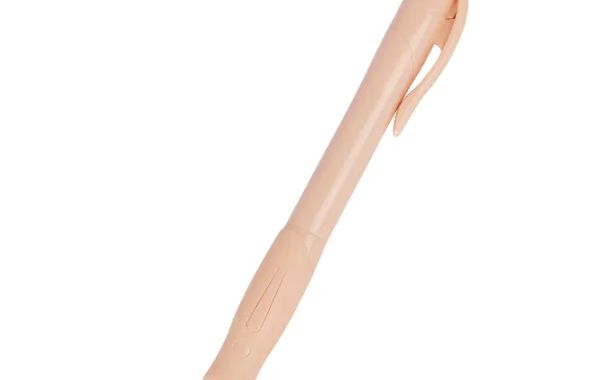However, there are cases when these microorganisms increase the risks of the skin infections. On the other hand, when a wound occurs, it increases the likelihood of an infection to occur. Therefore, it is important to manage both the wound and the skin to reduce the risk of potential infections.
Pathology for Skin Wounds
When a wound causes a skin infection, there are symptoms such as pain, poor response to therapy, and erythema of the surrounding tissues. Moreover, the existence of some bacteria in biofilms makes it complicated to diagnose and treat the wound infections. One should emphasize that the biofilm environment serves as a physical barrier that protects the bacteria increasing the virulence. This is more common for the chronic wounds because of the presence of proteins and damaged tissues. As it takes a long time for a wound to heal, it facilitates the presence of the aerobic micro-organisms. The low level of oxygen in the chronic wounds promotes the growth of anaerobes. As a result, chronic wounds tend to cause other problems, especially diabetes, paralysis, and peripheral vascular tissues. On this note, it is important to know how to manage the skin and the wound in order to prevent the occurrence of other health-related problems .
Nursing and Medical Management
Notably, the cells and bacteria shed from the skin may survive on the patients dress, beddings, and other objects. This means that the bacteria can be transferred from the patient to the healthcare providers . One can also find these bacteria in the areas around a colonized wound and materials used to dress it. In this case, it is recommendable to clean the rooms after dressing the wounds. Secondly, it is advisable to wear the gowns and masks when providing care to the patient, in order to prevent the transmission to the care taker. It is important to change the gloves after removing the old dressings from the wound to reduce the chance of transmitting bacteria to another wound, if the patient has more than one . Hand washing is also one of the best practices for taking care of the skin and the wound. In addition, it is prudent to keep the wound dry and treat it with antiseptics to prevent further infections .
On the other hand, the nursing practice requires taking care of the skin. For instance, the exposure of perineal skin to urine and feces can irritate the epidermis and cause the skin erosion. Therefore, it is advisable to keep the perineal skin clean and dry. However, due to the fact that the use of soap and water may be less effective, this area is to be cleaned with moisture barriers and no-rinse cleansers. Moreover, the moisturizers help to preserve the skin moisture, thereby entailing excessive dryness. In a clinical set-up, cleansers are effective in removing the urine and feces to provide the required moisture and pH levels without causing discomfort to the patient. Furthermore, using of hydrating creams is important in replacing the lost lipids .
In conclusion, the skin protects the body from the microorganisms. However, there are cases when a wound occurs on the skin, and it is imperative to manage both the wound and skin to prevent further infections. This includes practices such as hand washing, using antiseptics, and changing the gowns and gloves used for dressing the wounds. Moisturizers are also recommendable for preventing the excessive dryness of the skin.
Read more blogs on https://primeessays.com/








